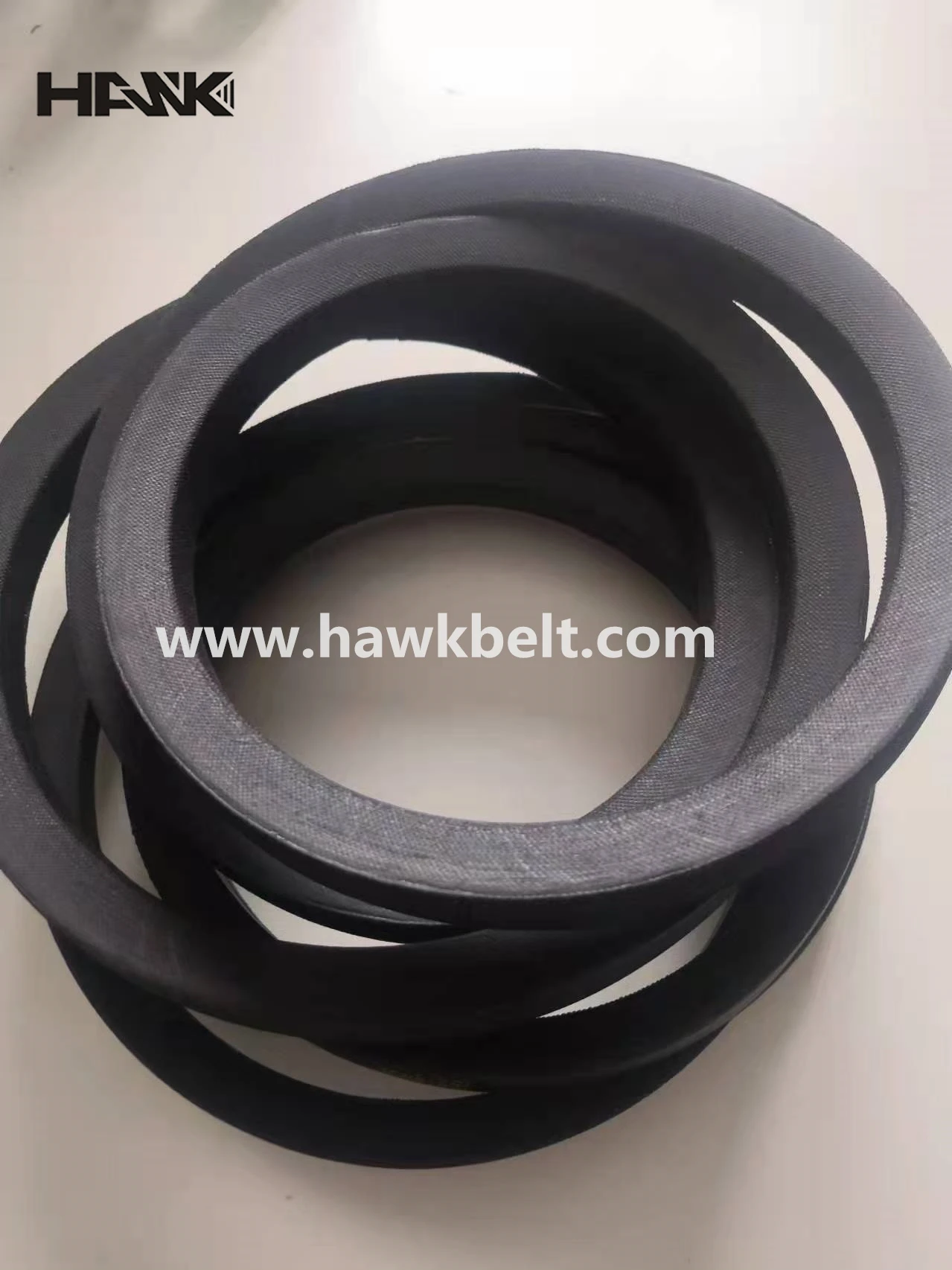- Arabic
- French
- Russian
- Spanish
- Portuguese
- Turkish
- Armenian
- English
- Albanian
- Amharic
- Azerbaijani
- Basque
- Belarusian
- Bengali
- Bosnian
- Bulgarian
- Catalan
- Cebuano
- Corsican
- Croatian
- Czech
- Danish
- Dutch
- Afrikaans
- Esperanto
- Estonian
- Finnish
- Frisian
- Galician
- Georgian
- German
- Greek
- Gujarati
- Haitian Creole
- hausa
- hawaiian
- Hebrew
- Hindi
- Miao
- Hungarian
- Icelandic
- igbo
- Indonesian
- irish
- Italian
- Japanese
- Javanese
- Kannada
- kazakh
- Khmer
- Rwandese
- Korean
- Kurdish
- Kyrgyz
- Lao
- Latin
- Latvian
- Lithuanian
- Luxembourgish
- Macedonian
- Malgashi
- Malay
- Malayalam
- Maltese
- Maori
- Marathi
- Mongolian
- Myanmar
- Nepali
- Norwegian
- Norwegian
- Occitan
- Pashto
- Persian
- Polish
- Punjabi
- Romanian
- Samoan
- Scottish Gaelic
- Serbian
- Sesotho
- Shona
- Sindhi
- Sinhala
- Slovak
- Slovenian
- Somali
- Sundanese
- Swahili
- Swedish
- Tagalog
- Tajik
- Tamil
- Tatar
- Telugu
- Thai
- Turkmen
- Ukrainian
- Urdu
- Uighur
- Uzbek
- Vietnamese
- Welsh
- Bantu
- Yiddish
- Yoruba
- Zulu
des. . 11, 2024 03:53 Back to list
Understanding the Function and Benefits of Cogged Belts in Mechanical Applications
Understanding Cogged Belts The Unsung Heroes of Mechanical Engineering
In the realm of mechanical engineering, the efficiency and performance of machinery heavily depend on the components that drive them. Among these components, cogged belts, also known as synchronous belts or toothed belts, play a crucial role in transmitting power and motion in various applications. This article delves into the significance, construction, applications, and advantages of cogged belts, showcasing why they are often regarded as the unsung heroes of mechanical design.
What is a Cogged Belt?
A cogged belt is a type of belt characterized by its notched design, which allows it to engage with driving and driven pulleys more effectively. The teeth or cogs on the belt fit snugly into the grooves of the pulleys, ensuring a positive grip that minimizes slippage. This design enables cogged belts to efficiently transmit power between two rotating shafts, making them ideal for applications requiring synchronous motion.
Construction and Materials
Cogged belts are typically constructed from flexible materials such as rubber or thermoplastic elastomers, often reinforced with fibers like fiberglass or polyester to enhance their strength and durability. The notches in the belt serve multiple functions they reduce the belt's bending radius, decrease weight, and provide a larger surface area for grip. The precise tooth spacing and design are engineered to ensure that the belt remains engaged with the pulleys throughout its rotation, even under varying loads.
Applications of Cogged Belts
cogged belt

Cogged belts are versatile components widely used across various industries. They can be found in automotive applications, where they drive camshafts and alternators, ensuring that engines operate smoothly and efficiently. In manufacturing, cogged belts are utilized in conveyor systems, robotics, and other automated machinery, where precision and timing are paramount. Additionally, these belts are common in household appliances, such as washing machines and HVAC systems, showcasing their importance in everyday life.
Advantages of Cogged Belts
The advantages of cogged belts are numerous. One of the primary benefits is their ability to maintain precise timing between moving parts. This is crucial in applications like engine timing, where even slight discrepancies can lead to inefficiencies or mechanical failure. Furthermore, the construction of cogged belts allows them to operate quietly, reducing noise compared to other power transmission methods, such as chain drives.
Additionally, cogged belts exhibit lower vibration levels, which contributes to the longevity of both the belt and the machinery. The absence of slippage means less wear and tear, resulting in extended service life and reduced maintenance costs. Furthermore, the lightweight nature of cogged belts makes them an optimal choice for applications where weight is a critical factor.
Conclusion
Cogged belts may not be the first component that comes to mind when discussing mechanical engineering, but their impact on efficiency and reliability is undeniable. With their unique design, versatile applications, and numerous advantages, cogged belts prove to be indispensable in the world of power transmission. As technology continues to advance, the demand for high-performance cogged belts will likely grow, further solidifying their status as one of the essential elements in modern machinery. For engineers and manufacturers alike, recognizing the value of cogged belts is crucial in designing systems that are both efficient and effective.
-
Korean Auto Parts Timing Belt 24312-37500 For Hyundai/Kia
NewsMar.07,2025
-
7PK2300 90916-T2024 RIBBED BELT POLY V BELT PK BELT
NewsMar.07,2025
-
Chinese Auto Belt Factory 310-2M-22 For BMW/Mercedes-Benz
NewsMar.07,2025
-
Chinese Auto Belt Factory 310-2M-22 For BMW/Mercedes-Benz
NewsMar.07,2025
-
90916-02660 PK Belt 6PK1680 For Toyota
NewsMar.07,2025
-
drive belt serpentine belt
NewsMar.07,2025

